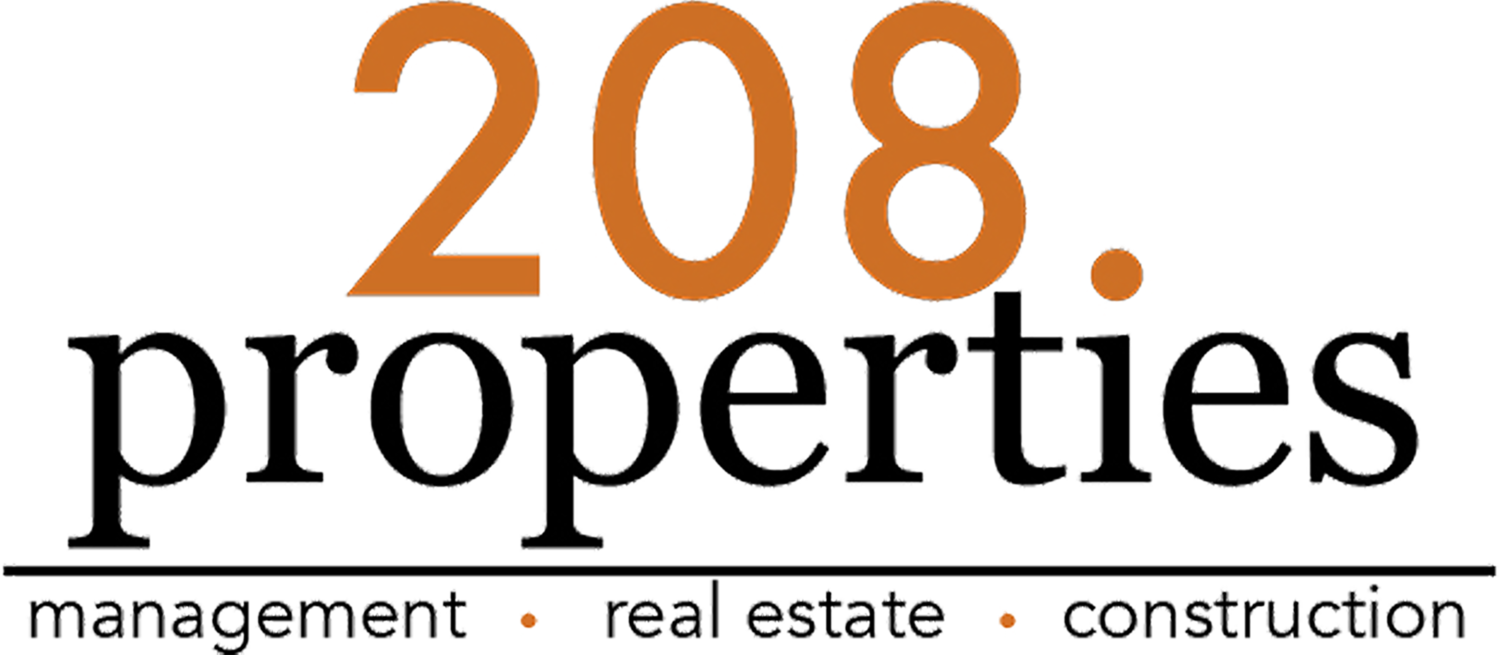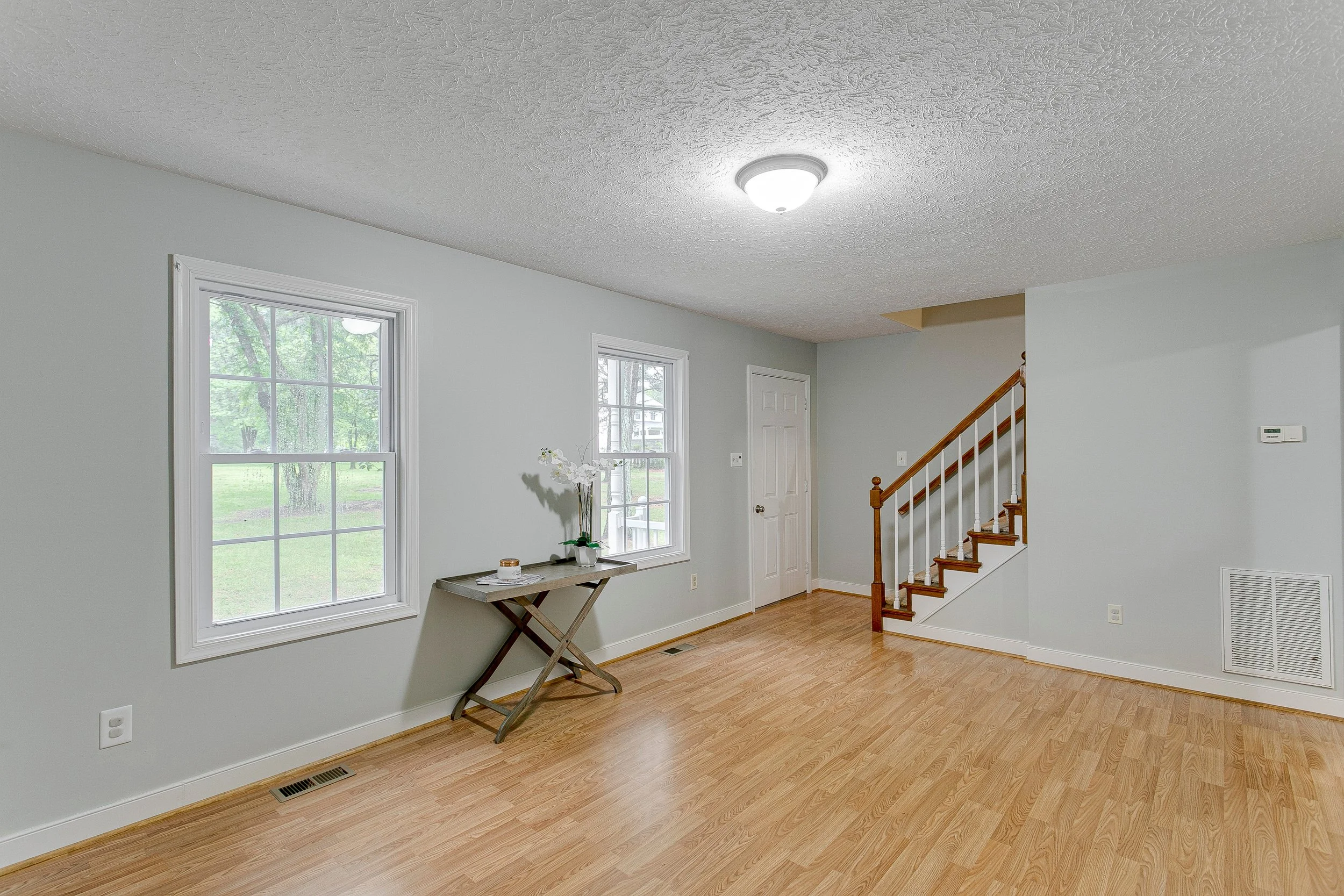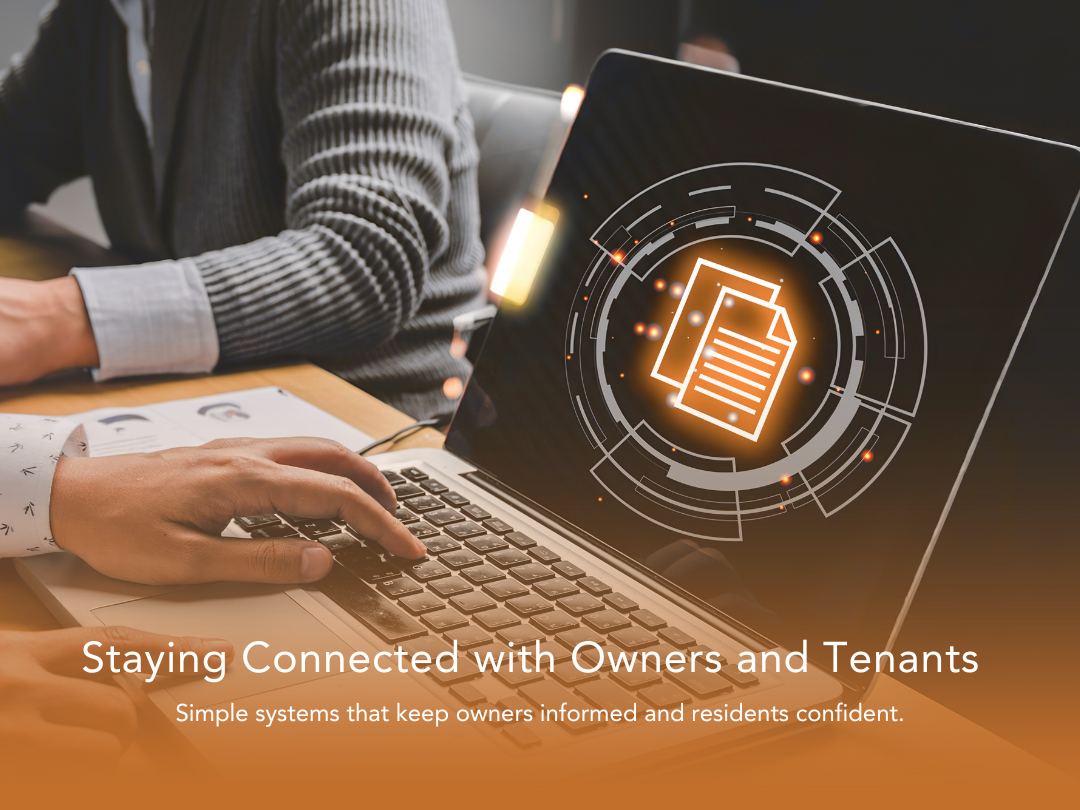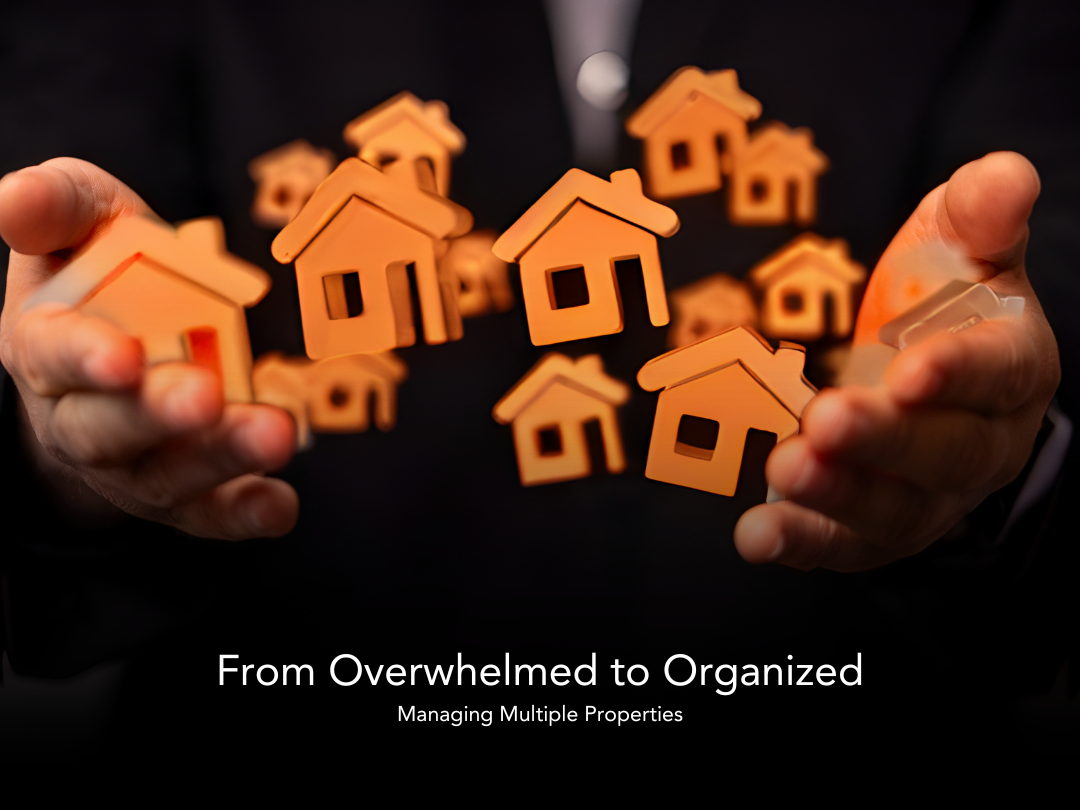Here are the steps on how to change a light bulb in a flush mount fixture:
Turn Off Power: The first step is to make sure that the power to the light fixture is turned off. This can be done by turning off the light switch that controls the fixture or by turning off the circuit breaker that powers the room where the fixture is located.
Access Fixture: Next, you need to access the flush mount fixture. This can be done by either removing the fixture from the ceiling or by removing the cover of the fixture. The method of accessing the fixture will vary depending on the specific type of flush mount fixture you have.
Remove Bulb: Once you have access to the bulb, gently twist it counterclockwise to remove it from the socket. Be careful not to apply too much pressure or you may break the bulb.
Replace Bulb: Take your new bulb and gently twist it clockwise into the socket. Make sure the bulb is securely in place.
Turn Power On: After you have replaced the bulb, turn the power back on to the light fixture. This can be done by turning on the light switch or by flipping the circuit breaker back on.
That's it! You should now have a working light bulb in your flush mount fixture. If you have any further questions or concerns, please don't hesitate to let me know.
Winter brings a predictable dip in renter activity, but it does not have to sink results. Here is how to navigate the season, sharpen marketing, and use incentives wisely.
Communication is the backbone of property management. Owners want clarity on performance and cash flow. Residents want quick answers and visible progress on requests. The right mix of tools and habits turns communication from a pain point into an advantage.
Busy days calm down when the right tools do the heavy lifting. Here’s how our stack speeds leasing, maintenance, payments, and reporting without adding noise.
Property management is an economic engine in Boise. From steady housing supply to vendor jobs and safer, well-kept neighborhoods, the ripple effects touch residents, owners, and local businesses.
The right software won’t run your business for you, but it will clear roadblocks: rent gets paid on time, work orders stop slipping, and your books match reality. Here’s a straightforward way to evaluate options if you manage rentals in Boise and the Treasure Valley.
Dive into the future of property management in Boise, Idaho, and discover how technology is reshaping the industry. Learn how to leverage the latest trends to future-proof your business, improve tenant satisfaction, and stay ahead of the competition.
A year-round approach to pricing, amenities, maintenance, and communication that reduces vacancy and grows resident satisfaction.
Boise’s seasons change—your playbook can stay simple. Prep the property, plan your leasing moves, and communicate clearly with residents. Use this quick guide to keep cash flow steady from winter to fall.
Learn key factors to consider when choosing a property management company, from reputation and communication to legal compliance and technology integration.
Real estate investment in Boise is more than just purchasing a property. It requires understanding what makes a neighborhood desirable and how these features can translate to higher rental income.
Managing multiple properties can be a demanding task for property owners. With numerous responsibilities and duties to juggle, finding efficient ways to save time and streamline processes is essential.
Learn how 208.properties’ Client Review Process helps landlords and investors in Boise make smart decisions for better returns and long-term success.













